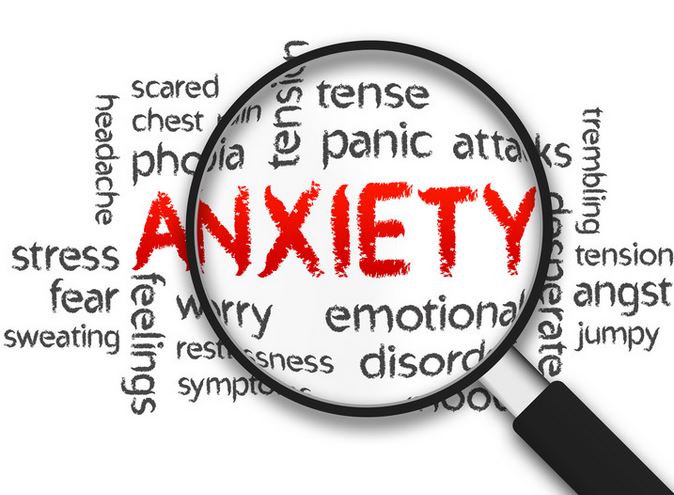 Anxiety or traumatic events usually create a pathway in the brain that can stays there forever unless affected individuals begin a process to alter, disrupt, or obstruct that pathway to create new good experiences. There is a new proven technique known as Havening therapy that can take people away from traumatic events and anxiety.
Anxiety or traumatic events usually create a pathway in the brain that can stays there forever unless affected individuals begin a process to alter, disrupt, or obstruct that pathway to create new good experiences. There is a new proven technique known as Havening therapy that can take people away from traumatic events and anxiety.
What is Havening?
Havening is actually a new technique that helps sufferers to resolve distressing events as well as the associated negative emotions. This can be a rapid technique. Havening therapy has been designed to remove trauma based issues such as panic attacks, P.T.S.D, and phobias. Simply speaking, when you have a specific experience that you have serious negative emotions, Havening therapy is oftentimes able to help.
Havening for anxiety works by minimizing or reducing altogether the negative emotional response connected to that occurrence or experience. In the process, Havening technique works with the Amygdala, the emotional response system located in the brain, which is based in the Limbic System.
To ensure that Havening to become more effective for the patient, the emotional primary symptom that triggers their emotional response system that creates the biggest difficulty and disturbance to the patient, must be diagnosed, Havened and removed.
In the process of Havening Therapy, patients usually encounter an increase in specific neurochemicals such as GABA (gamma-aminobutyric acid) and Serotonin, and a low frequency brain signal, which is associated with stage three sleep. Stage three sleep is the most restorative or deepest part of our sleep. A excellent Havening therapy can give patients a sense of calmness, sleepy, peacefulness, or relaxation.
The result and effect of having the Havening therapy includes benefits such as, when a negative emotional response has been removed (e.g. shame, guilt), it may have the positive effect of directly or even indirectly, and simultaneously eliminating other associated negative maladaptive emotions linked to bad experiences or trauma.
